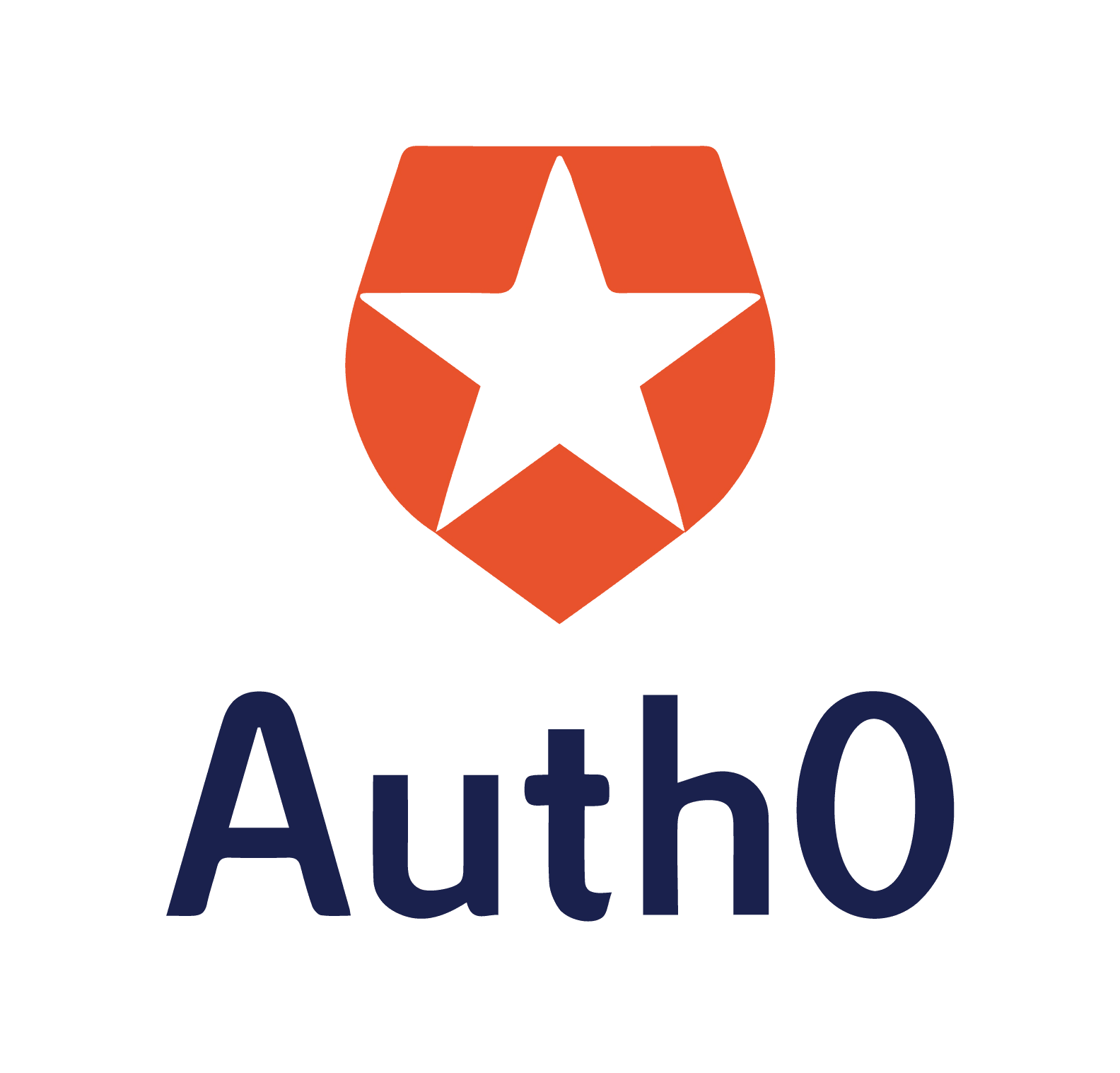Ory vs. GoPasswordless
Ory
Ory is an API-first identity manager. They offer authentication, analytics, access control, machine-to-machine authentication and more. They have SDKs for the major languages: - Dart - .NET - Elixir - Go - Java - JavaScript - PHP - Python - Ruby - Rust Unfortunately, they don't offer a free tier. Pricing starts at $29/month and includes 1,000 daily active users. Then it's $30 / 1,000 additional DAUs.
GoPasswordless
GoPasswordless is an authentication service and SDK that focuses on enabling passwordless authentication flows in web apps.
Reviews
Reviews
| Item | Votes | Upvote |
|---|---|---|
| No pros yet, would you like to add one? | ||
| Item | Votes | Upvote |
|---|---|---|
| No cons yet, would you like to add one? | ||
| Item | Votes | Upvote |
|---|---|---|
| No pros yet, would you like to add one? | ||
| Item | Votes | Upvote |
|---|---|---|
| No cons yet, would you like to add one? | ||
Frequently Asked Questions
Ory and GoPasswordless serve different primary purposes. GoPasswordless specializes in enabling passwordless authentication flows in web apps, making it a focused solution for passwordless user experiences. Ory, on the other hand, is an API-first identity manager that offers a broader range of features including authentication, analytics, access control, and machine-to-machine authentication. While Ory provides a comprehensive suite of identity management tools, it does not have a free tier and starts at $29/month. If your primary focus is strictly passwordless authentication, GoPasswordless might be a more targeted and potentially cost-effective choice. For a more extensive set of identity management features, Ory would be the better option.
Ory's pricing starts at $29/month for 1,000 daily active users, with an additional $30 for every 1,000 additional DAUs. GoPasswordless does not list specific pricing in the provided data, but given Ory's lack of a free tier and its starting cost, GoPasswordless could potentially be more cost-effective depending on your specific needs and their pricing model. It's important to contact GoPasswordless directly for precise pricing details to make an informed decision.
Yes, Ory offers a broader range of features compared to GoPasswordless. Ory provides authentication, analytics, access control, machine-to-machine authentication, and supports a wide range of SDKs including Dart, .NET, Elixir, Go, Java, JavaScript, PHP, Python, Ruby, and Rust. In contrast, GoPasswordless focuses specifically on enabling passwordless authentication flows in web apps. If you need a comprehensive identity management solution, Ory is the more feature-rich option.
Ory is an API-first identity manager that offers services such as authentication, analytics, access control, and machine-to-machine authentication. It supports several programming languages with SDKs, including Dart, .NET, Elixir, Go, Java, JavaScript, PHP, Python, Ruby, and Rust.
Ory supports a wide range of programming languages with its SDKs, including Dart, .NET, Elixir, Go, Java, JavaScript, PHP, Python, Ruby, and Rust.
Ory does not offer a free tier. The pricing starts at $29 per month, which includes 1,000 daily active users (DAUs). For each additional 1,000 DAUs, it costs $30.
Ory provides a variety of services including authentication, analytics, access control, and machine-to-machine authentication.
GoPasswordless is an authentication service and software development kit (SDK) that focuses on enabling passwordless authentication flows in web applications. It aims to improve security and user experience by eliminating the need for traditional passwords.
The main features of GoPasswordless include passwordless authentication, easy integration with web apps, and improved security measures. It allows users to log in using methods such as email links, biometrics, or magic links, thereby reducing the risk of password-related vulnerabilities.
The benefits of using GoPasswordless include enhanced security, as it eliminates the risks associated with traditional passwords, and improved user experience, as users can log in quickly and easily without remembering complex passwords. It also reduces the chances of phishing attacks and credential stuffing.
Potential drawbacks of GoPasswordless might include the initial setup and integration process, which could require a learning curve for developers unfamiliar with passwordless authentication methods. Additionally, some users may need time to adapt to the new login methods, and there could be compatibility issues with older systems.




















